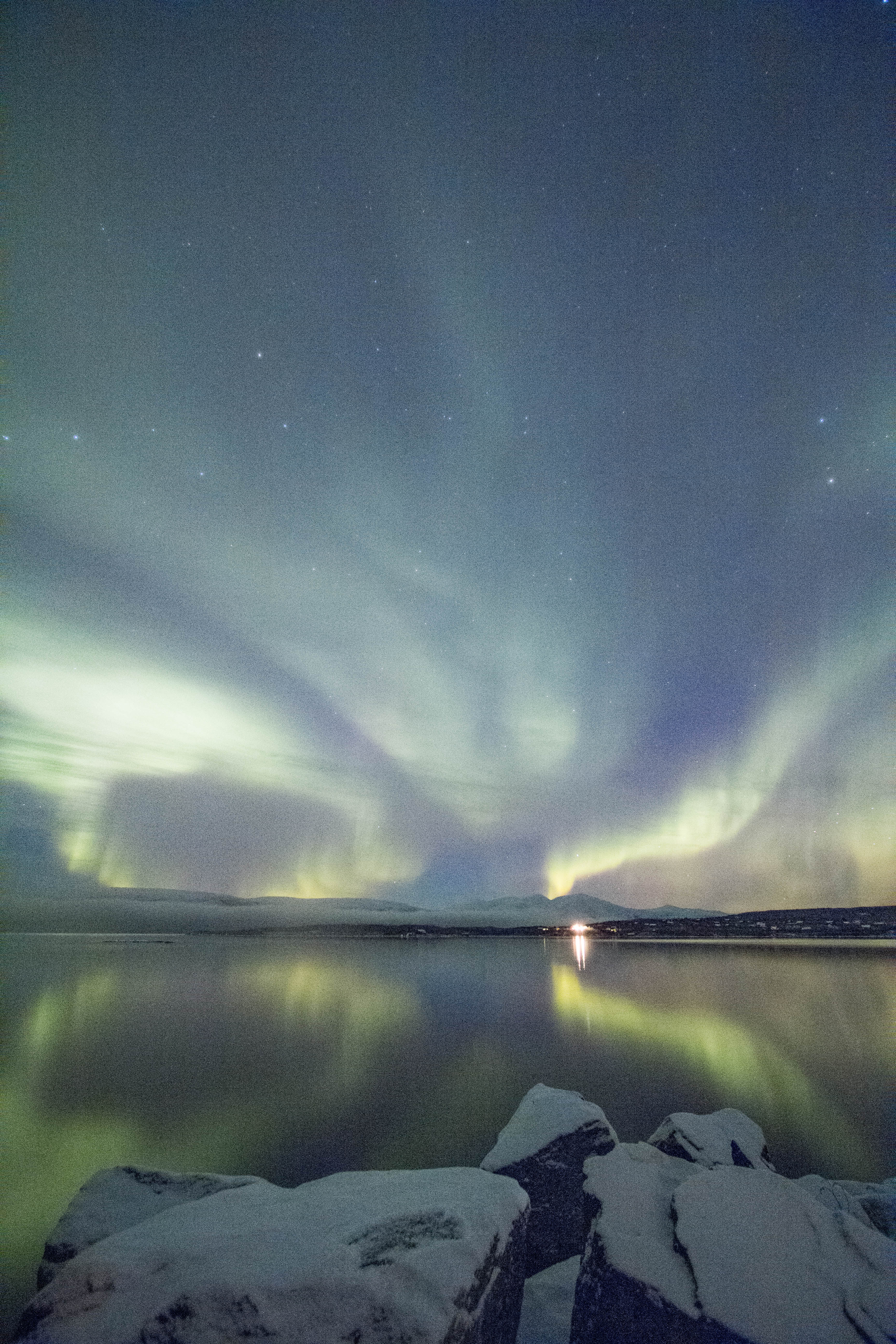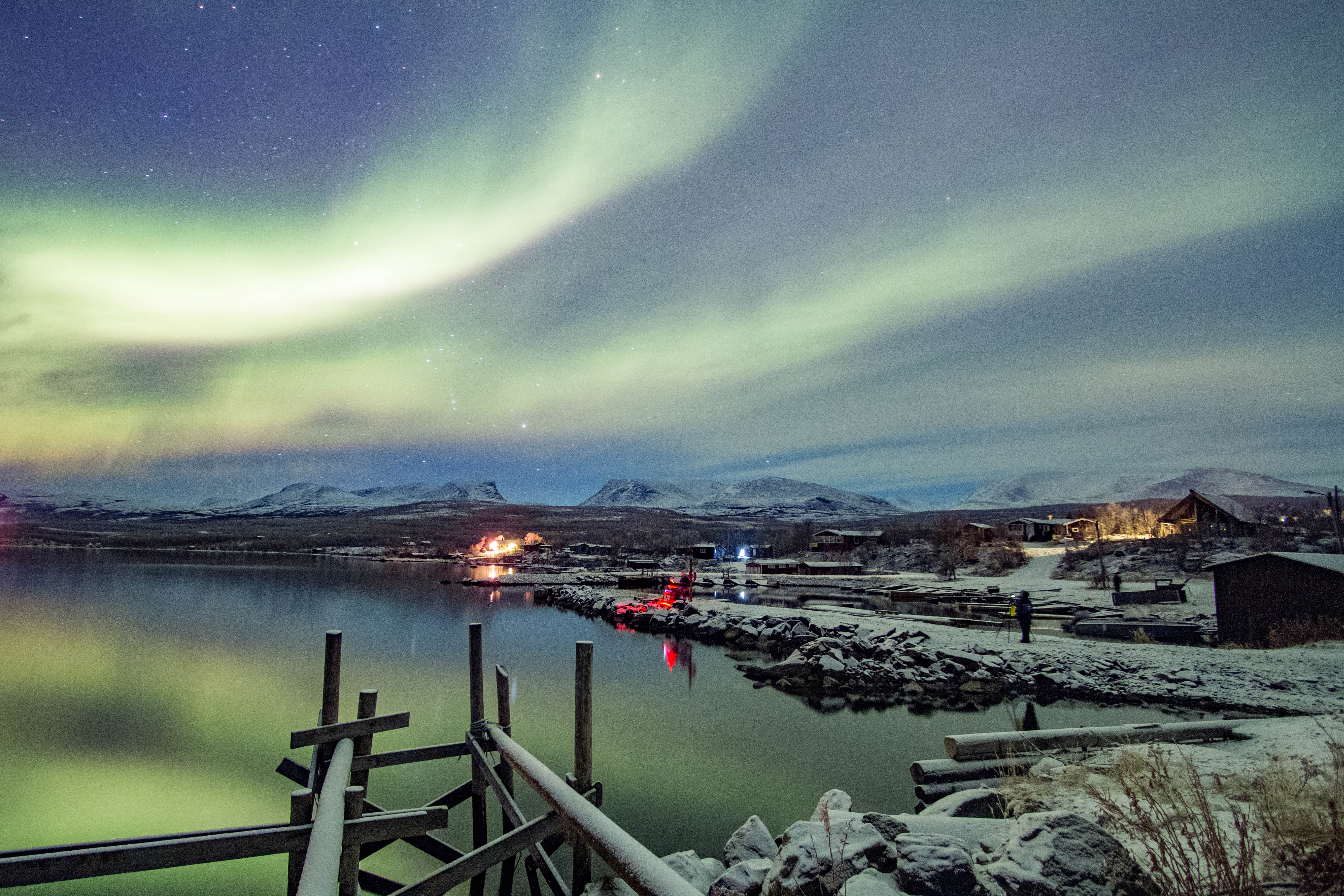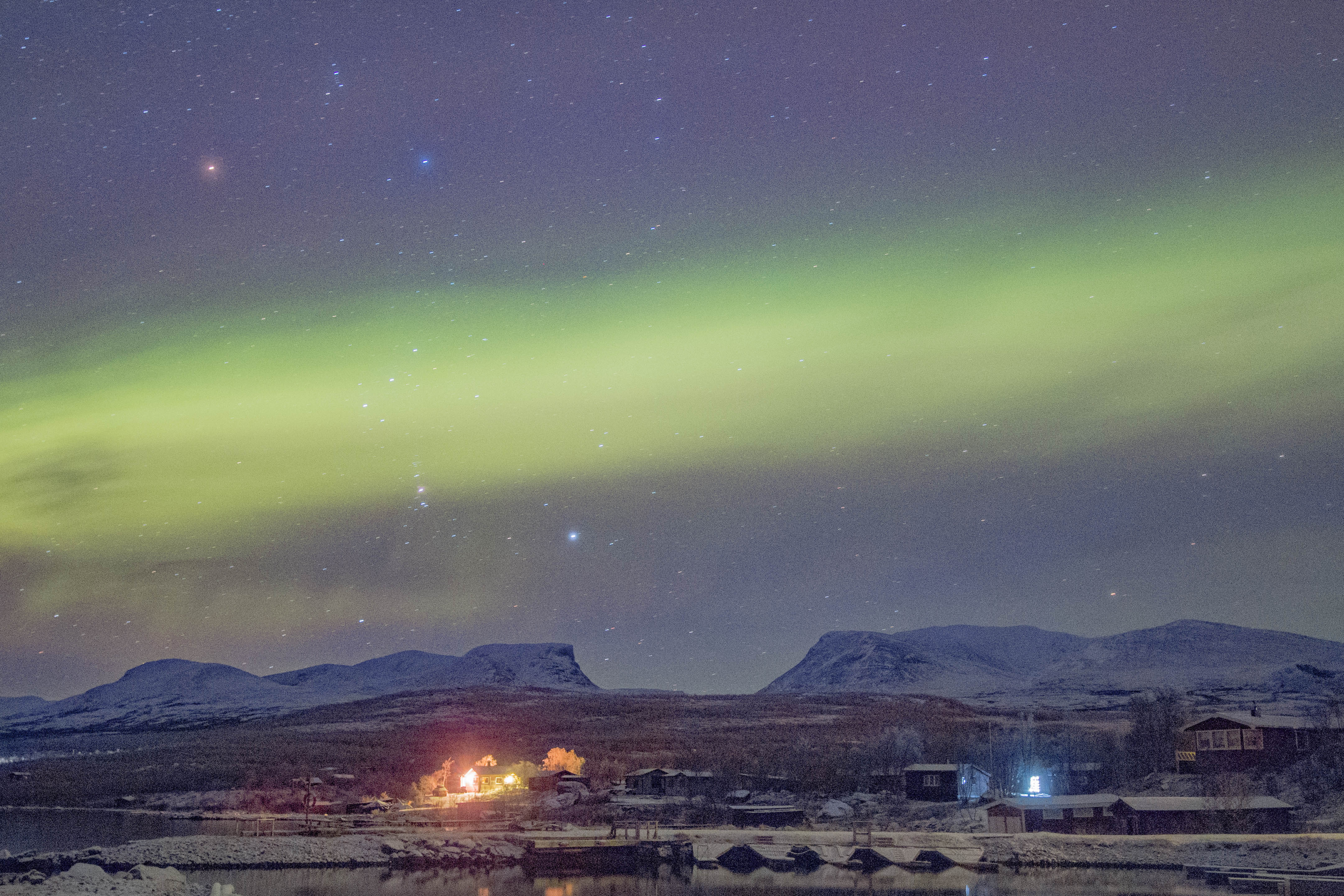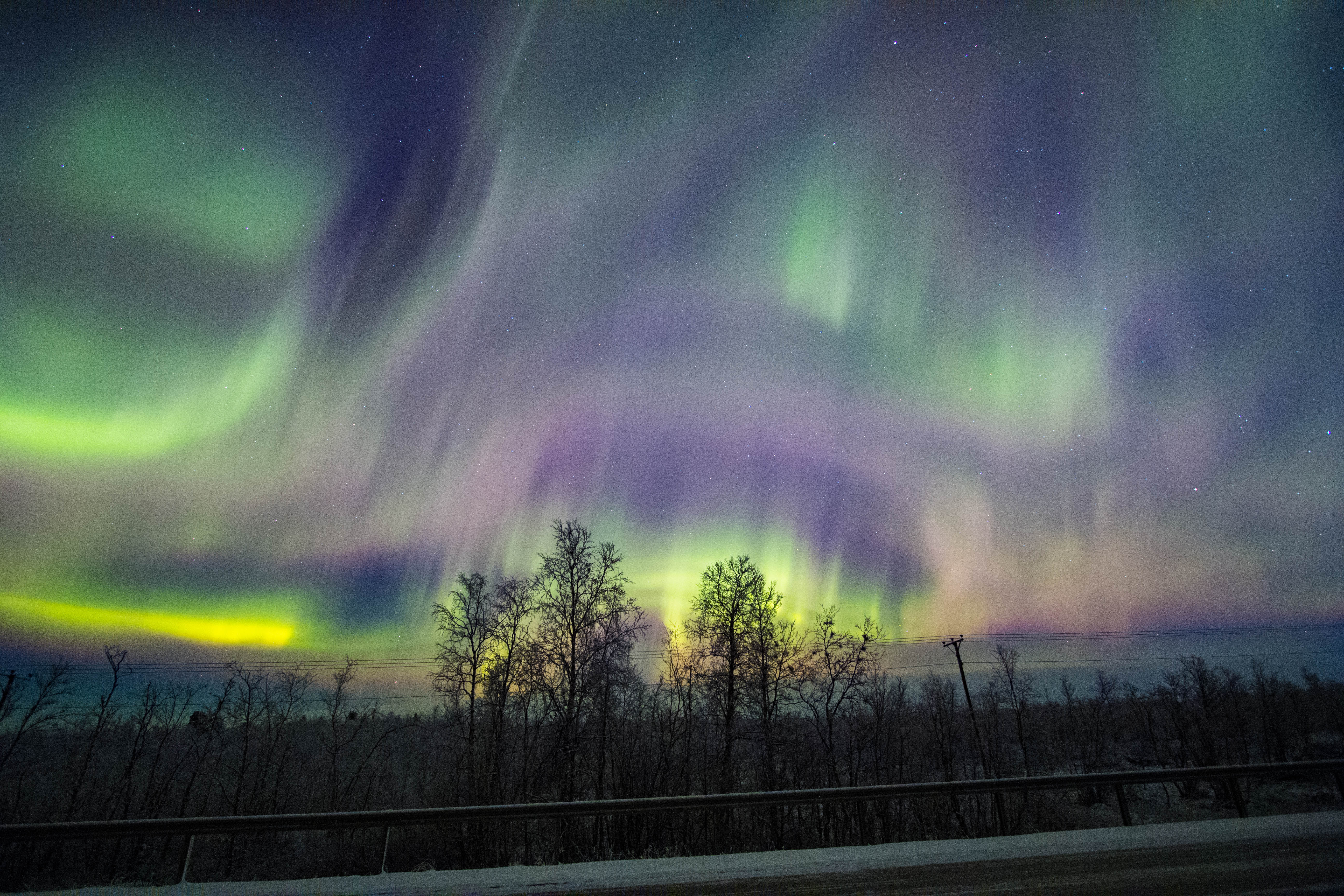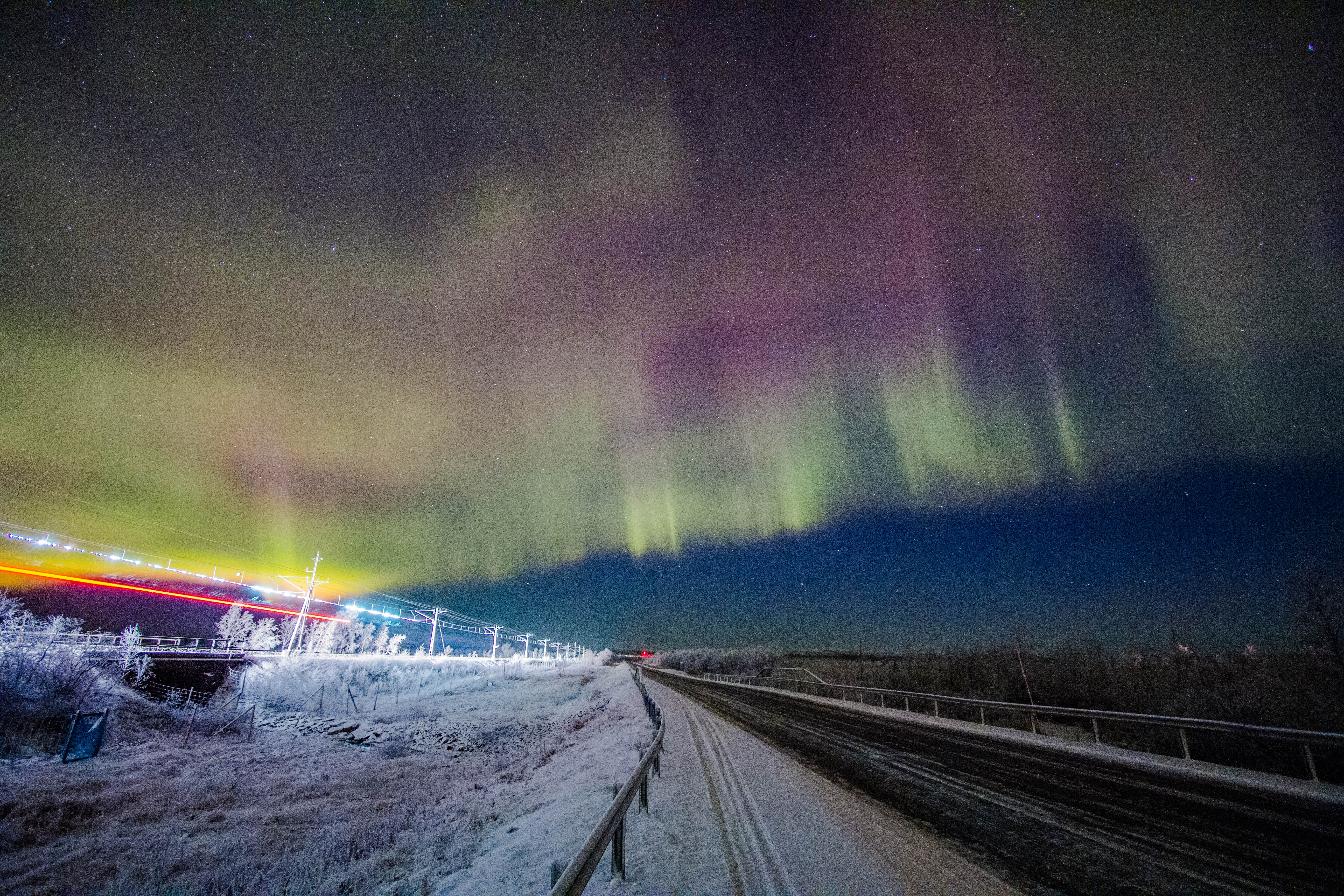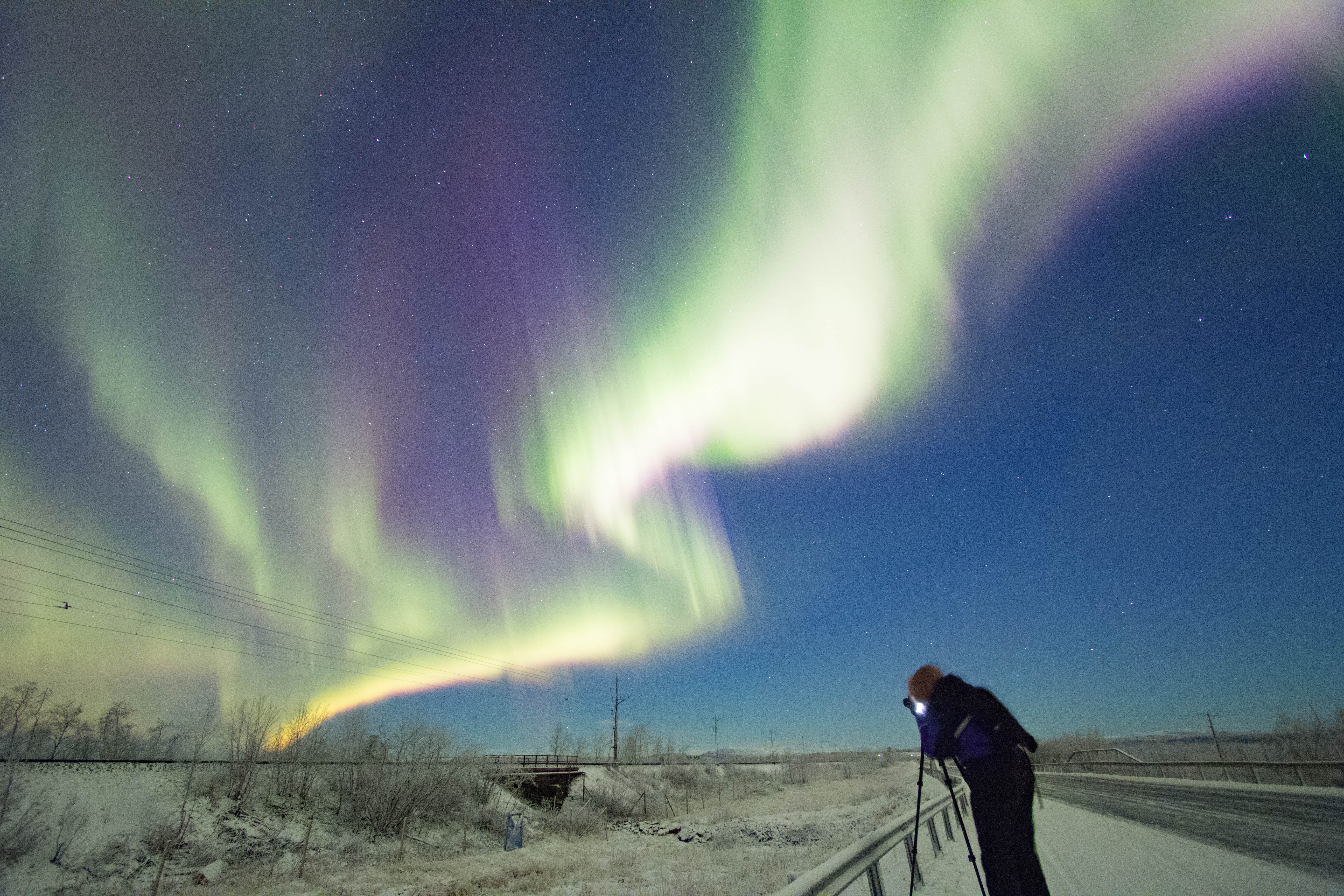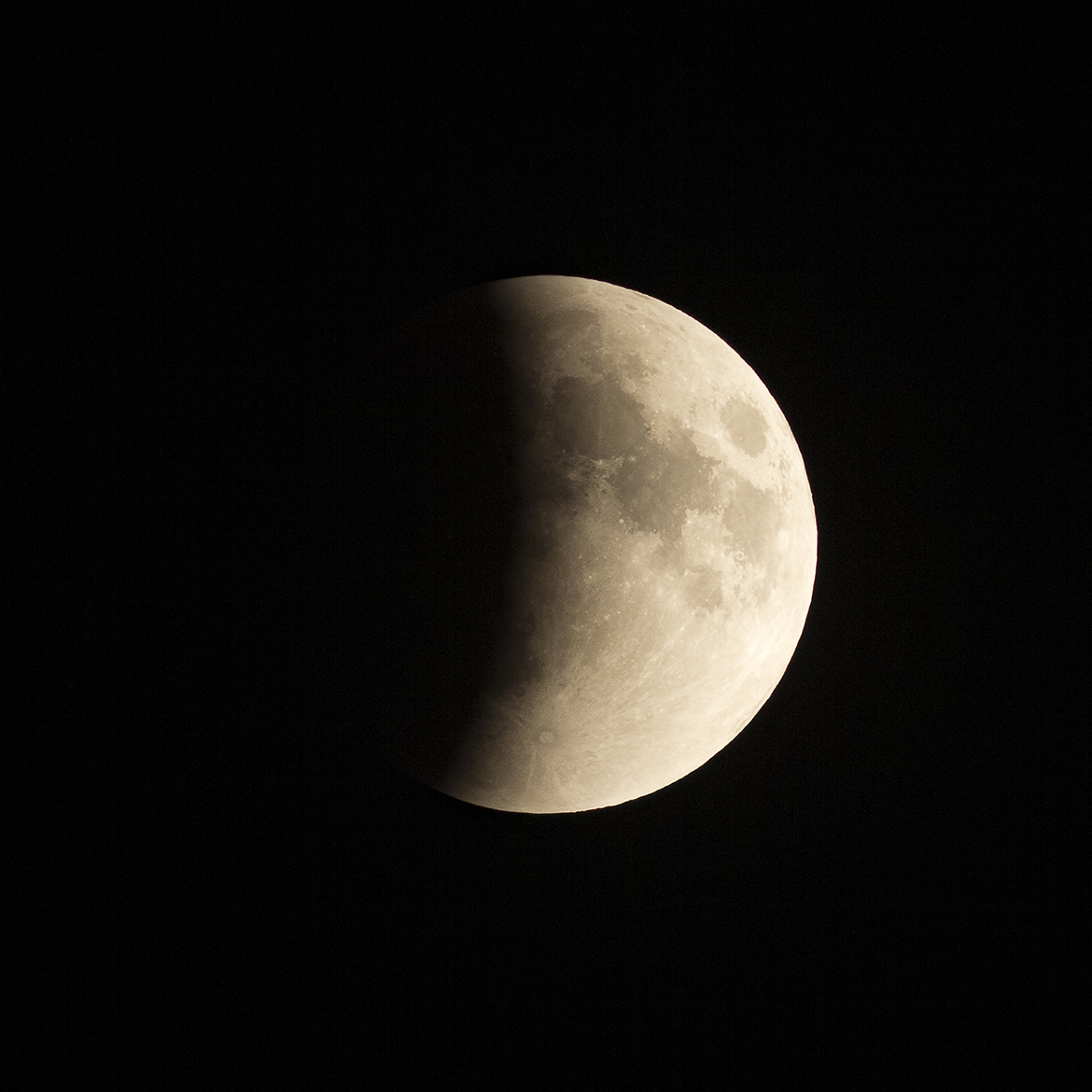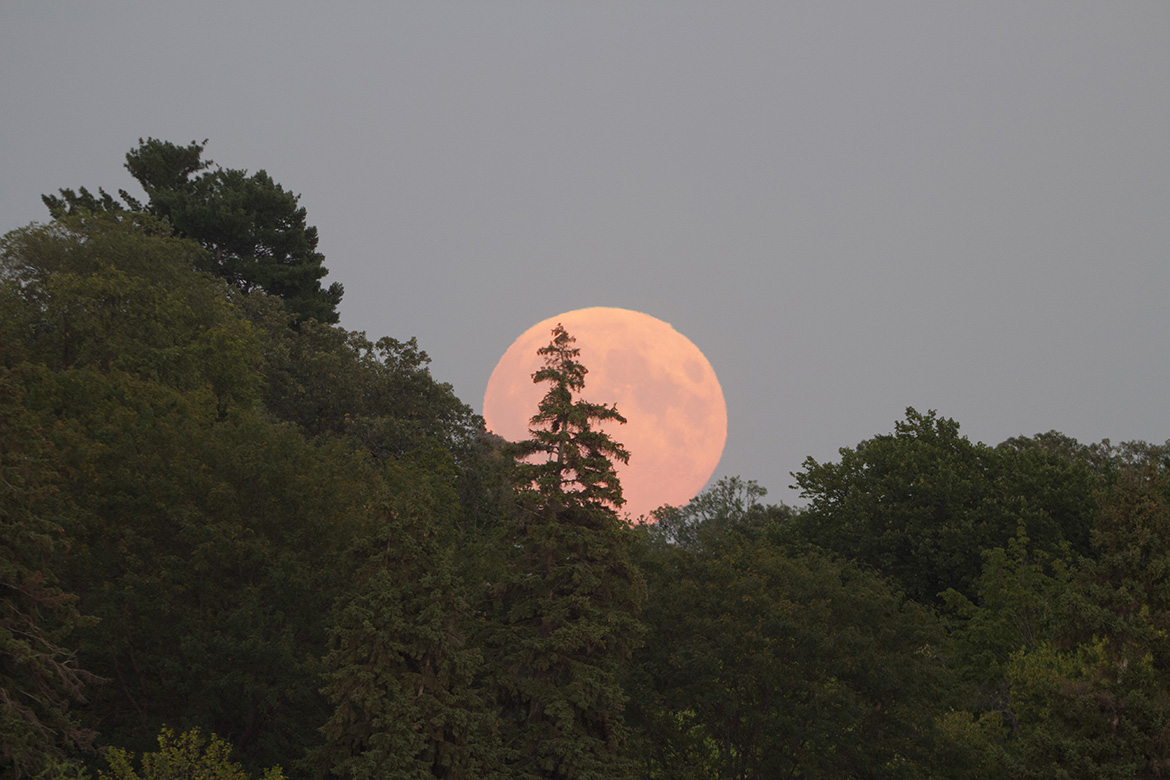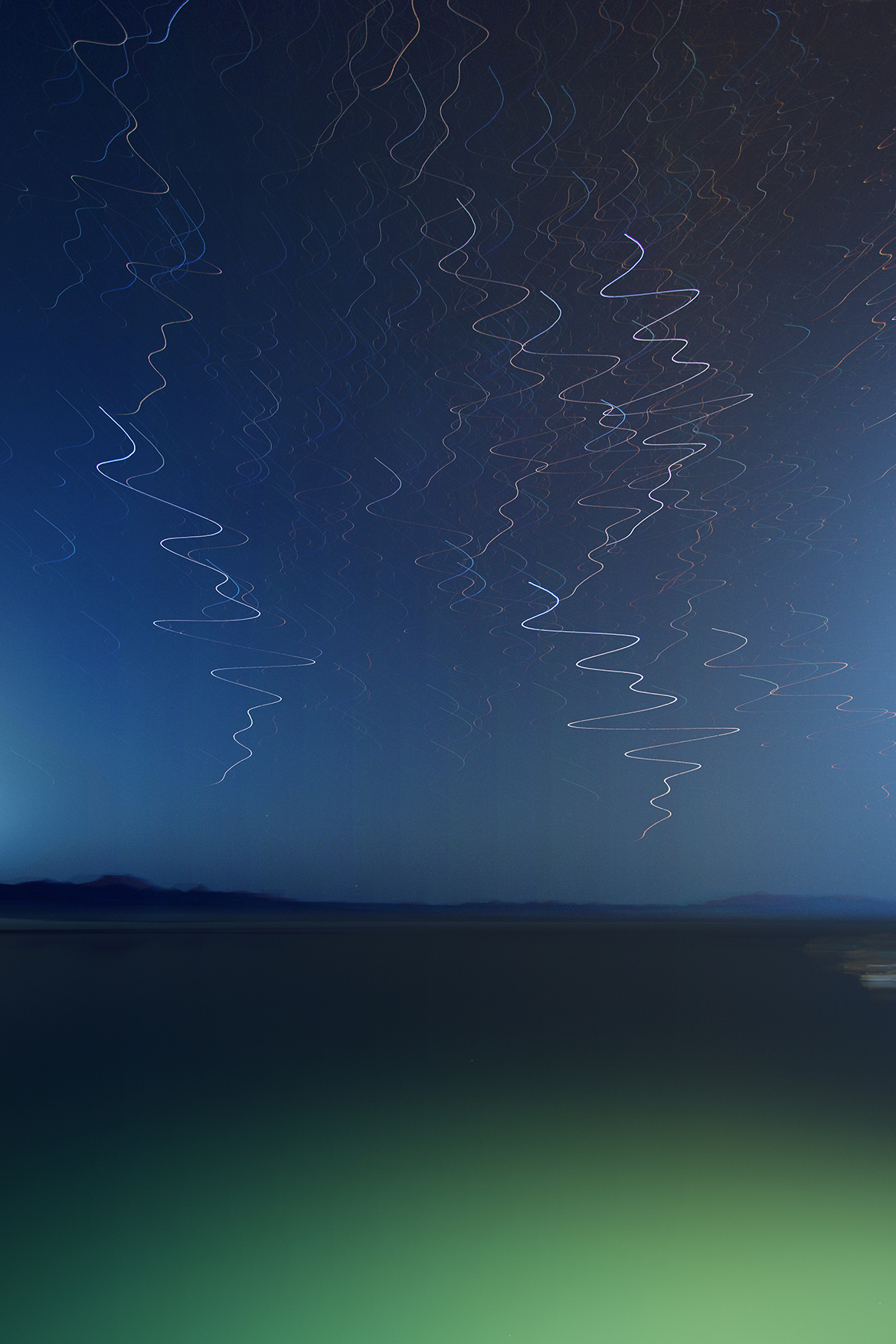
We are guests on the river boat Omar El Kayan, named after an Arab poet, visiting the areas of Egypt where Lake Nasser, created by the Aswan dam has submerged the ancient temples along the former banks of the Nile river. Abu Simbel was the most famous, but there were others, and we visited the sites where they had been carefully relocated.
At the end of a hot day navigating the lake, the boat moored. The wind and water were calm and the sky was dark on this section of the Nile. Out of curiosity I made a series of exposures hoping to capture the feeling of stars above the famous river and the desert around me. But calm water does not mean motionless water, and the camera recorded the small wave motions rocking the boat on which I was a passenger for the night.
Nile River near Kasr Ibrim, Egypt
8 October 2016
EOS 60Da with EFS 10-22mm(10mm)
5 minutes, f/4, ISO 1600
Composite of 23 5-minute exposures (~2 hours)
previous | nightscapes index | next

